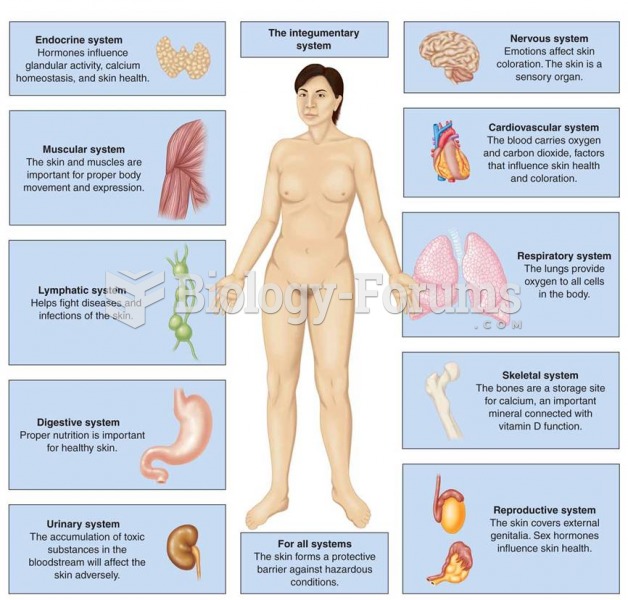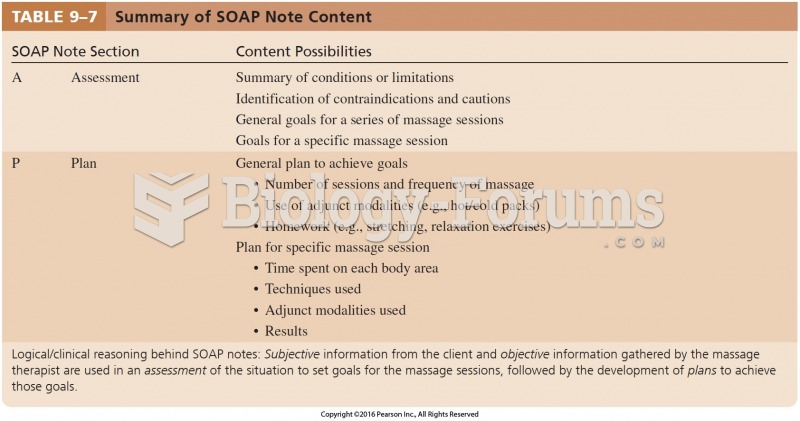Answer to Question 1
In order to efficiently conduct the core business processes as well as other business processes, the different functional areas within a company need to share data. Businesses have leveraged information systems (IS) to support business processes for decades, beginning with the installation of applications to assist companies with specific business tasks, such as issuing paychecks. As companies began to leverage IS applications, they started out by fulfilling the needs of particular business activities in a particular department within the organization. Such systems that focus on the specific needs of individual departments were not designed to communicate with other systems in the organization and were therefore referred to as stand-alone applications. Stand-alone applications usually ran on a variety of computing hardware platforms, such as mainframes and midrange computers. However, although departmental systems enabled departments to conduct their daily business activities efficiently and effectively, these systems were not very helpful when people from one part of the firm needed information from another part of the firm. Organizations often purchased proprietary software systems from software vendors; these systems, however, were not designed to share data with other vendors' systems. To utilize data stored in separate applications to facilitate business processes and decision making, information had to be reentered from one system to the next or be consolidated by a third system. To address these challenges, organizations have turned to enterprise-wide information systems. An enterprise-wide information system (or enterprise system) is an integrated suite of business applications for virtually every department, process, and industry, allowing companies to integrate information across operations on a company-wide basis using one large database. Rather than storing information in separate places throughout the organization, enterprise systems provide a central repository common to all corporate users. This, along with a common user interface, allows personnel to share information seamlessly, no matter where the user is located or who is using the application.
Answer to Question 2
People make a variety of arguments in their business cases for information systems. When managers make the business case for an information system, they typically base their arguments on faith, fear, and/or facts.
Business case arguments based on faith: In some situations, arguments based on faith can be the most compelling and can drive the decision to invest in an information system despite the lack of any hard data on system costs, or even in the face of some data that say that the dollar cost for the system will be high. Arguments based on faith often hold that an information system must be implemented in order to achieve the organization's strategy effectively and to gain or sustain a competitive advantage over rivals. Successful business case arguments based on faith should clearly describe the firm's mission and objectives, the strategy for achieving them, and the types of information systems that are needed in order to enact the strategy. For example, a person making a business case based on faith might say: I'm convinced that having this customer relationship management system will enable us to serve our customers significantly better than our competitors do.
Business case arguments based on fear: These arguments are based on fear that if the system is not implemented, the firm will lose out to the competition or, worse, go out of business. The argument for the business case here would be something like, If we do not implement this system, we run the risk of being sued or, worse, being thrown in jail.
Business case arguments based on fact: Many people, including most chief financial officers, want to see the business case for an information system based on some convincing, quantitative analysis that proves beyond the shadow of a doubt that the benefits of the system will outweigh the costs. The most common way to prove this is to provide a detailed cost-benefit analysis of the information system. Arguments are based on data, quantitative analysis, and/or indisputable factors. An example of a business case based on facts is, This analysis shows that implementing the inventory control system will help us reduce errors by 50 percent, reduce operating costs by 15 percent a year, increase production by 5 percent a year, and will pay for itself within eighteen months.







